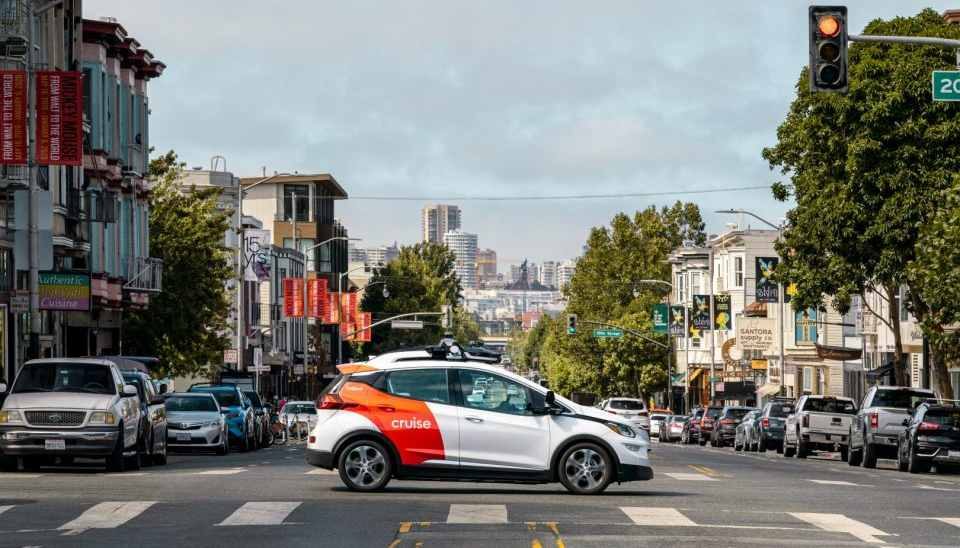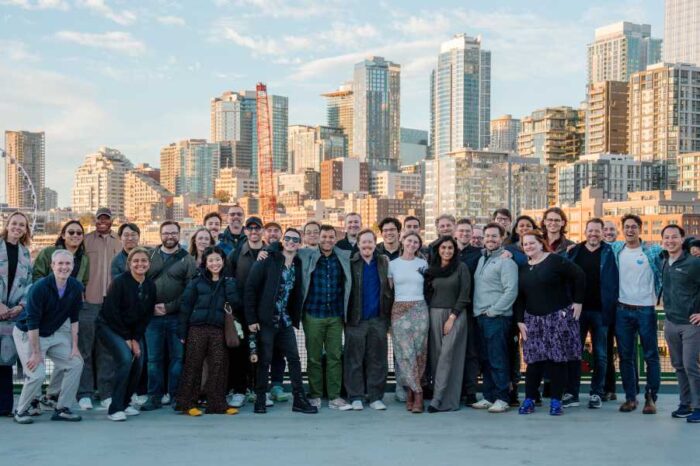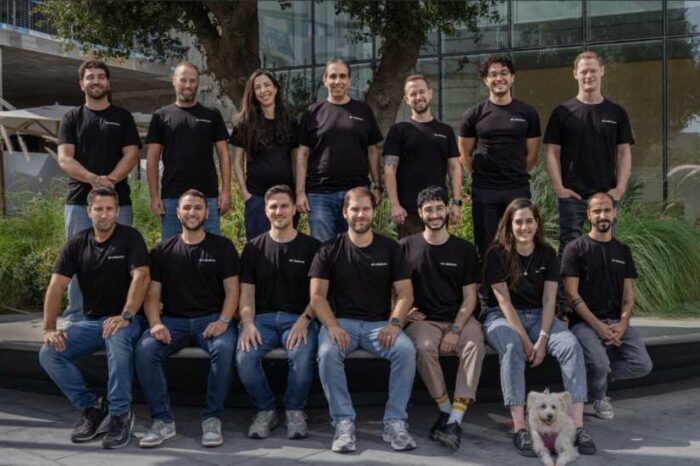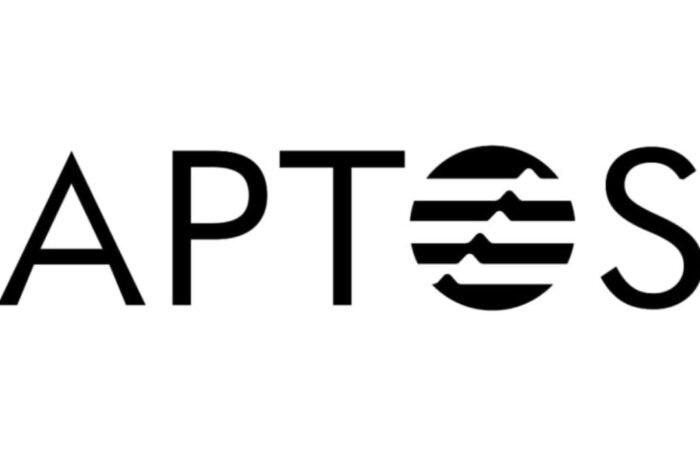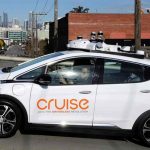GM exits robotaxi market after spending $10 billion on Cruise, shifting operations in-house
Posted On December 10, 2024
0
2.1K Views
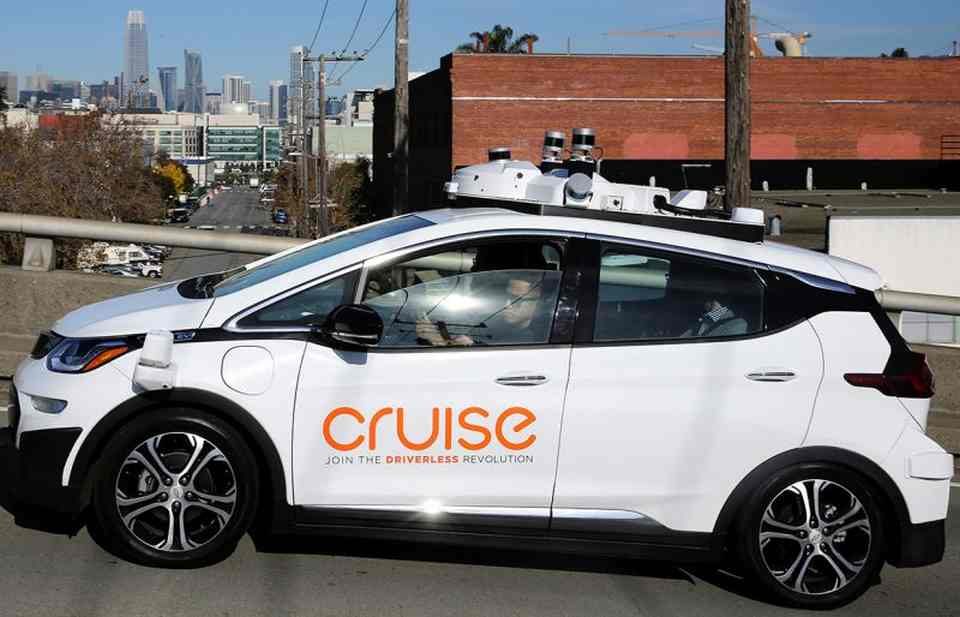
Trending Now
Top Startup and Tech Funding News – December 2, 2025
December 2, 2025
Top Startup and Tech Funding News – December 1, 2025
December 1, 2025

